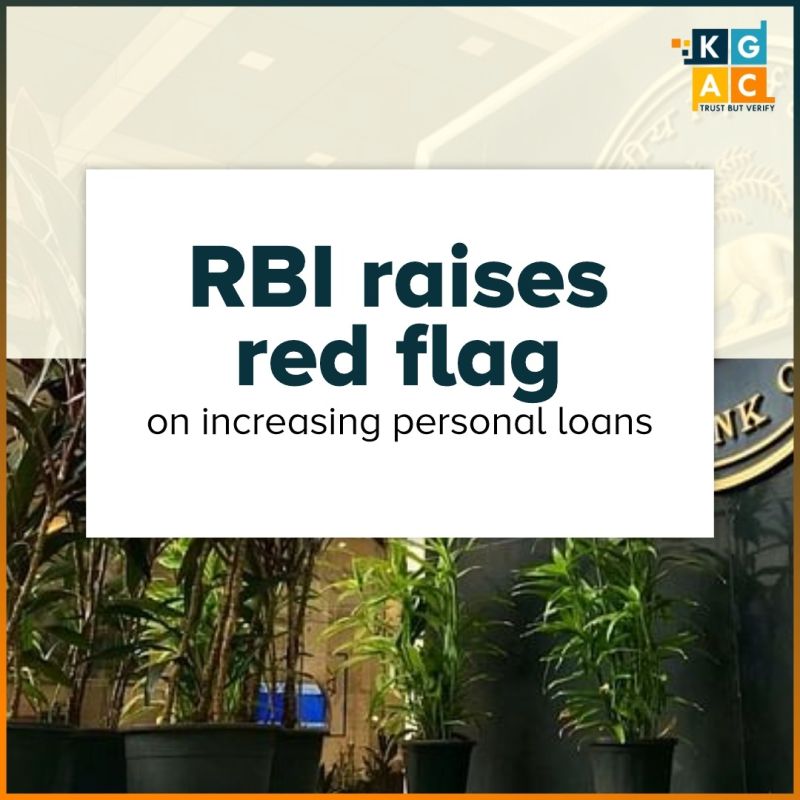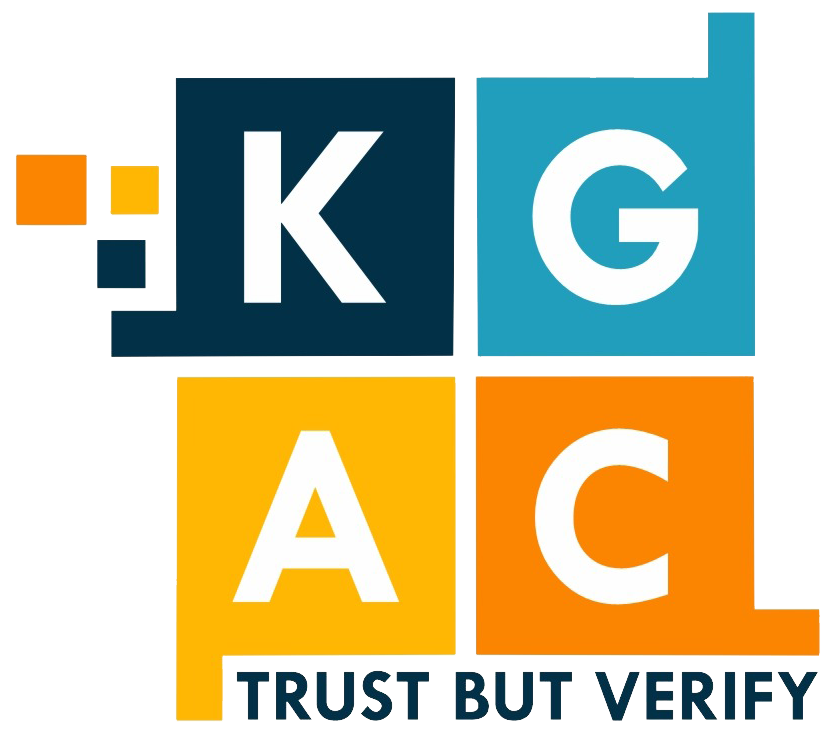
One might describe it as a concern regarding unsecured lending; in our perspective, the central bank has implemented a decisive and well-timed action to control unsecured lending.
Observing a significant increase in particular areas of consumer credit, the RBI recently held discussions with senior bankers. These bankers purportedly conveyed to the central bank that the situation was manageable. Nevertheless, it seems that these assurances did not alleviate the RBI’s concerns. Through its notification dated November 16, 2023, the RBI has implemented various corrective measures.
𝟭. 𝗖𝗼𝗻𝘀𝘂𝗺𝗲𝗿 𝗰𝗿𝗲𝗱𝗶𝘁 𝗲𝘅𝗽𝗼𝘀𝘂𝗿𝗲
✅Consumer credit exposure of commercial banks :
A resolution has been made to elevate the risk weights for consumer credit exposure of commercial banks, encompassing both existing and new portfolios.
✅ Consumer credit exposure of NBFCs:
It has been decided that the consumer credit exposure of NBFCs categorized as retail loans shall attract a risk weight of 125%.
✅Credit card receivables:
It has been decided to increase the risk weights on such exposures by 25 percentage points to 150% and 125% for SCBs and NBFCs, respectively.
𝟮. 𝗕𝗮𝗻𝗸 𝗰𝗿𝗲𝗱𝗶𝘁 𝘁𝗼 𝗡𝗕𝗙𝗖𝘀
It has been decided to increase the risk weights on such exposures of SCBs by 25 percentage points in all cases where the extant risk weight as per the external rating of NBFCs is below 100%.
𝟯. 𝗦𝘁𝗿𝗲𝗻𝗴𝘁𝗵𝗲𝗻𝗶𝗻𝗴 𝗰𝗿𝗲𝗱𝗶𝘁 𝘀𝘁𝗮𝗻𝗱𝗮𝗿𝗱𝘀
The REs shall review their extant sectoral exposure limits for consumer credit. The limits so fixed shall be strictly adhered to and monitored on an ongoing basis by the Risk Management Committee.
